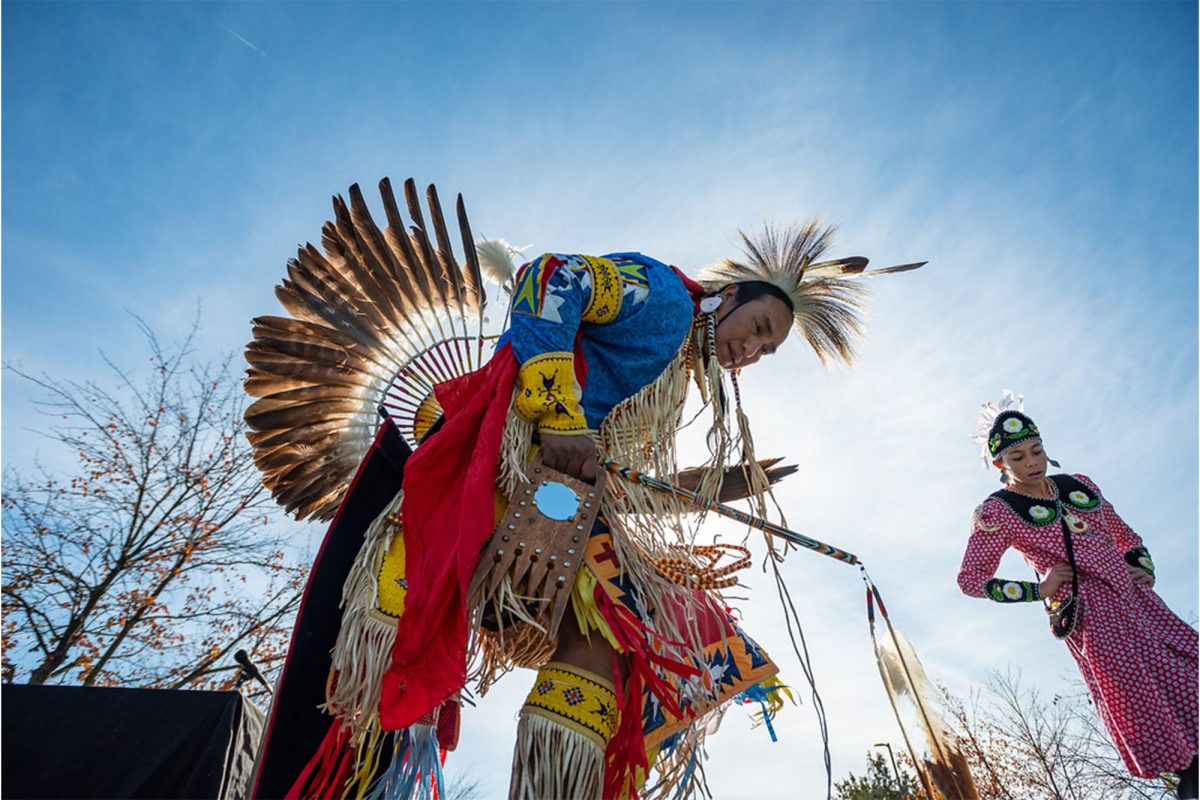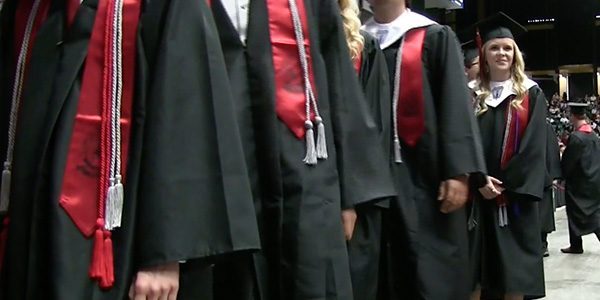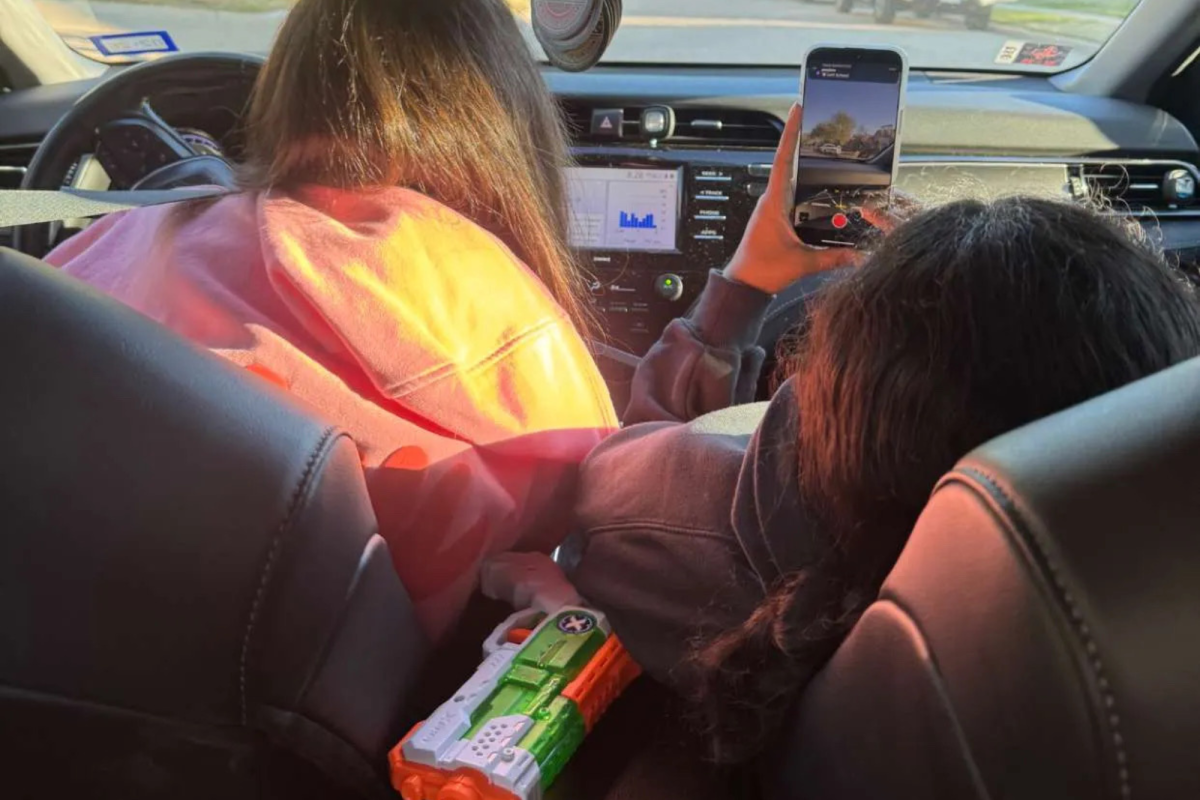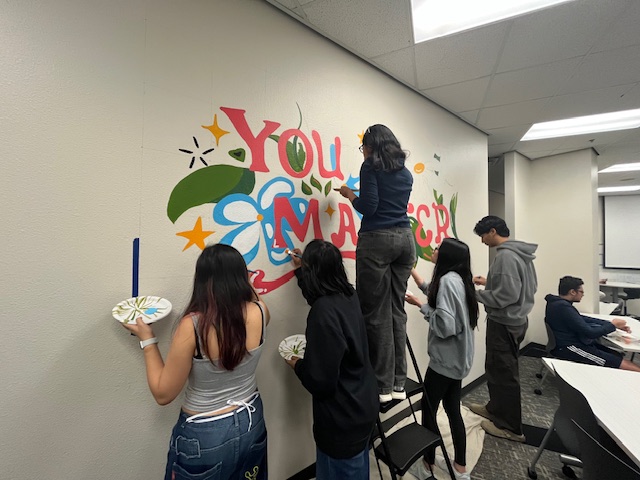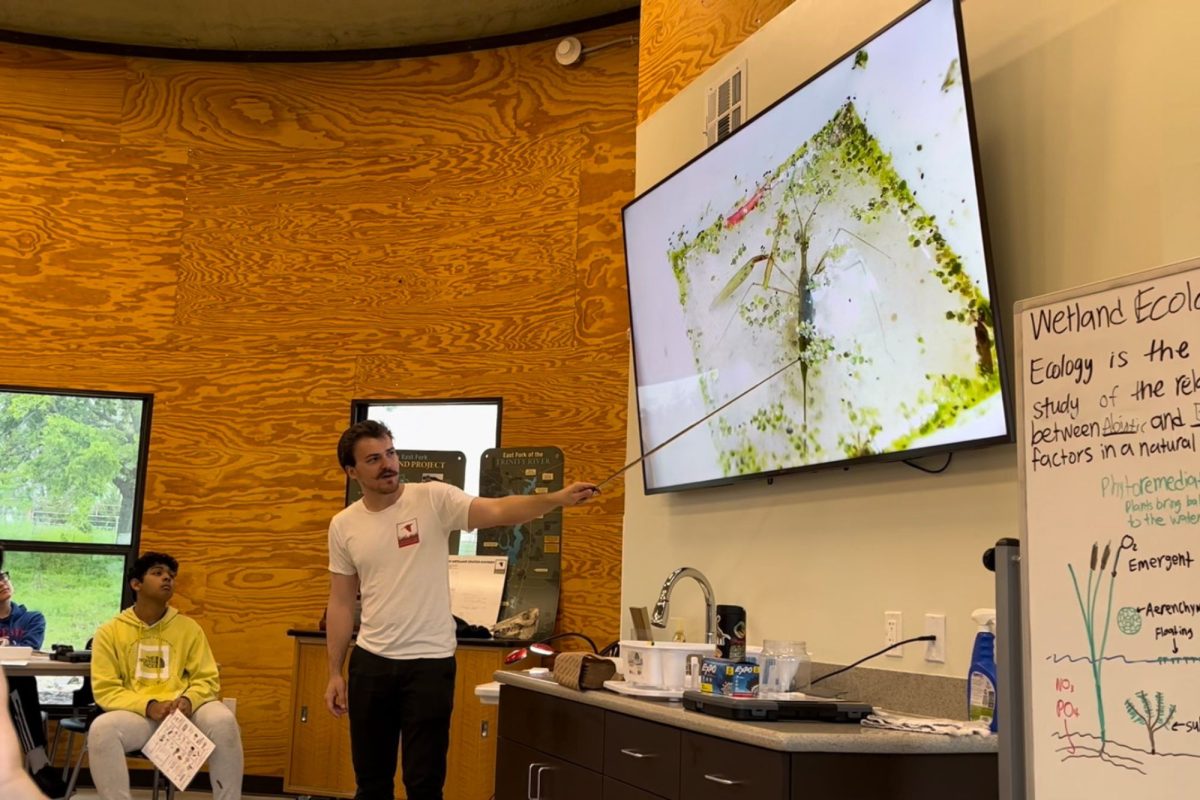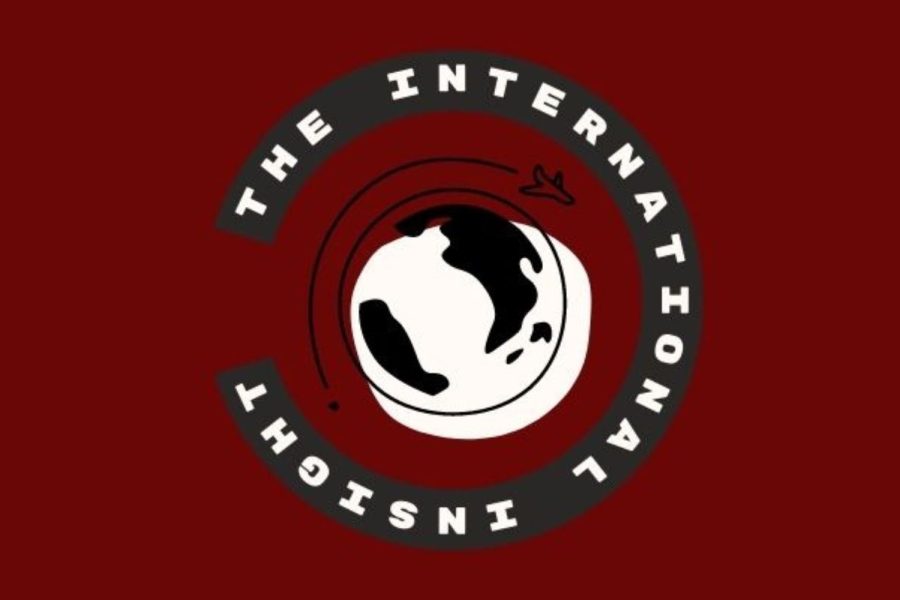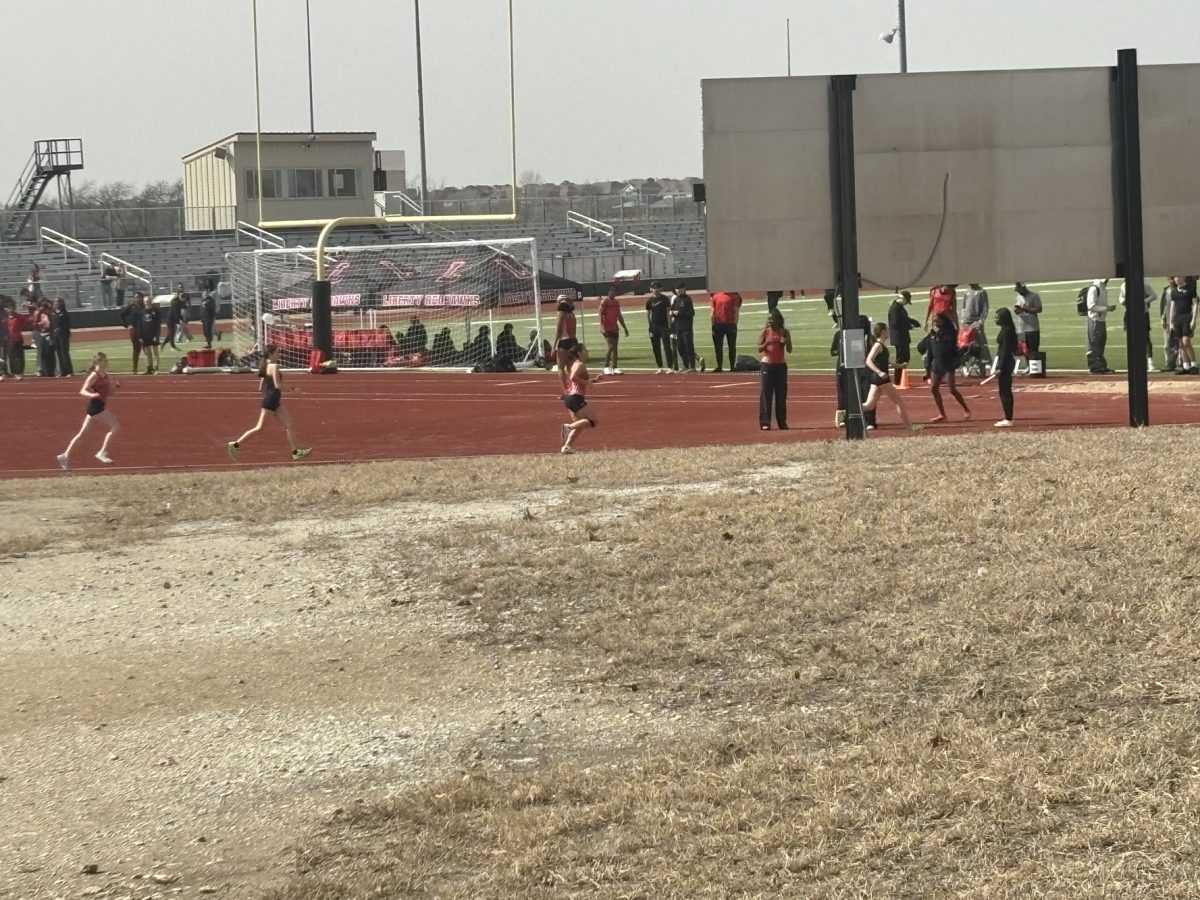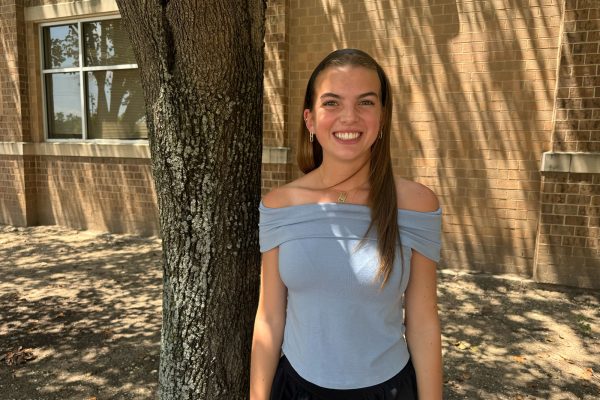For many people, November marks the start of the holiday shopping. However, November is also the month where we can take time to learn more about those who have lived in the U.S. before it even became the U.S. by celebrating Native American Heritage Month.
“I think it’s important because a lot of the way that we see Native Americans is as a group in the past and that they no longer exist,” American Studies teacher Whitney Schell said. “So having a month where you really focus on Native Americans who are currently living, you can show that they are still an active people, that they have an active culture, and that they are part of American Identity and history.”
Native American history is briefly touched on in classes such as American Studies or World History, but November gives students an opportunity to learn about Indigenous culture more in depth.
“Celebrating Native American Heritage Month is important so people know about other cultures and people who lived in America before the settlers,” senior Dominic Ward said. “Having a month specifically dedicated to Native American history helps us learn more about the history of our country and the Native Americans, which otherwise isn’t focused on that much.“
Regardless of one’s heritage, Native American Heritage Month can be crucial to providing different perspectives of American history.
“I also think [Native American Heritage Month] is cool because it not only gives people of Native American heritage an opportunity to celebrate their culture and share it with others,” Ward said. “It also helps people who aren’t Native American learn more about Indigenous history and traditions.”
Observing Native American Heritage Month can also help integrate Indigenous culture into mainstream education and help students learn info they otherwise wouldn’t cover, and can spark interest for outside learning.
“In schools is where you’re learning things that are new,” Schell said. “It’s also where you most likely came up with the idea that Native Americans no longer exist anymore, and so if we focus in schools on framing a Native American culture and history and identity as a part of the American experience and identity were also able to show that they still exist, thus what you’re learning in schools.”



